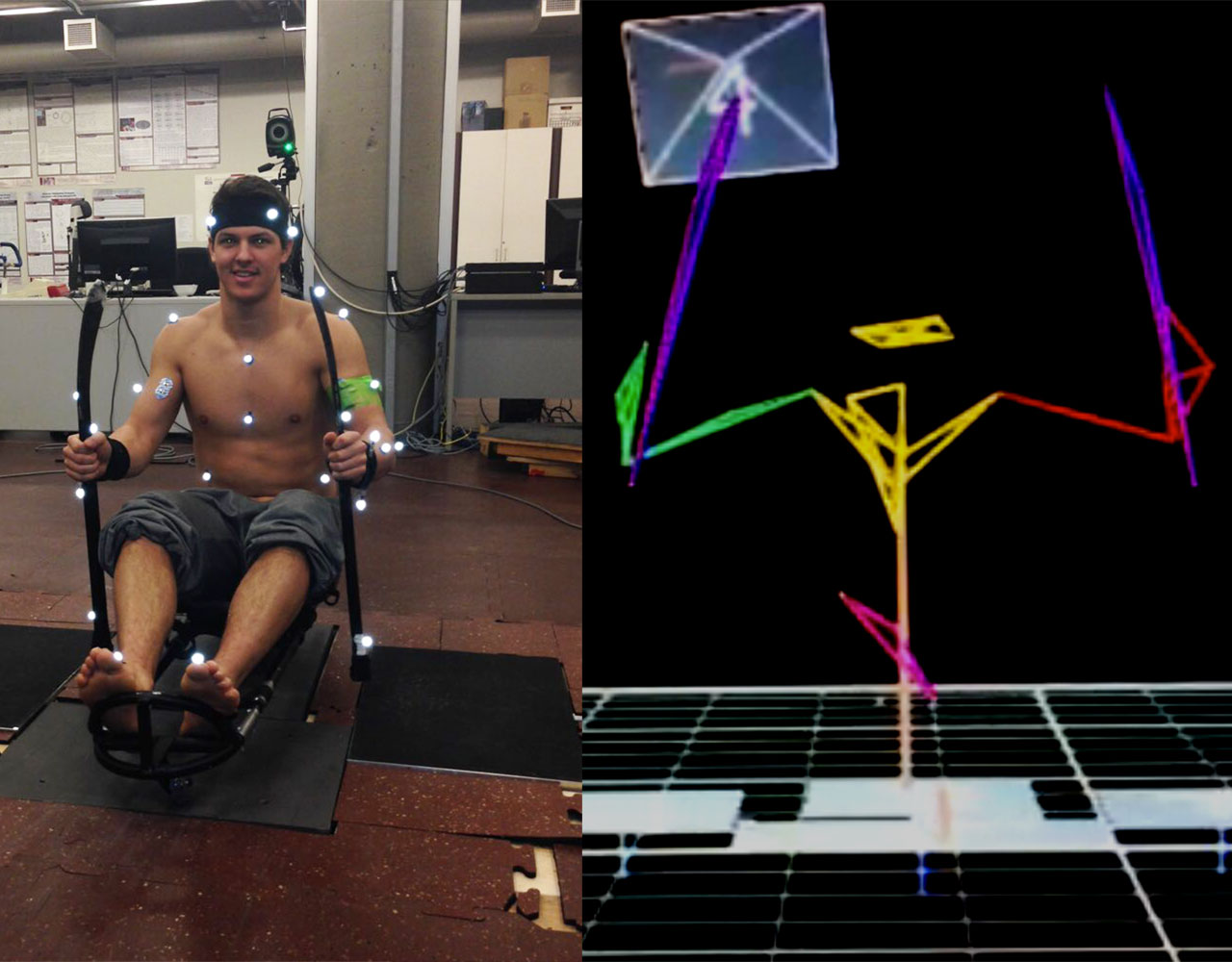Alicia Gal is a biomedical engineering PhD candidate at Carleton. Her research focuses on the biomechanics of sledge hockey.
Sledge hockey follows the same rules as upright hockey does, allowing those with physical disabilities to play this country’s de facto national sport.
The sport was introduced into the Olympics at the 1994 games in Lillehammer, Norway, where the Swedish team won the sport’s first Olympic gold medal. It has since grown to be one of the most popular sports in the winter Paralympic games, with Canada winning its first and only gold medal at the 2006 games in Turin, Italy.
Despite the popularity of the sport, not many academics are actually researching the science behind it. This is the gap that Gal’s research is aiming to fill.
Her interest in the sport is a personal one. It started after high school when one of her friends was paralyzed.
“He was an all-around athlete—a really good hockey player—and he broke his neck,” Gal said. “I wanted to help with his rehab, and I knew the local para-ice hockey coach. I introduced them, and as I was looking into the sport, I realized that nobody actually researches this. There needs to be research.”
This led Gal to pursue her masters research on sledge hockey, which she is now continuing as she works towards her PhD.
The sport is very difficult on player’s shoulders as it is the point of contact for checking and used extensively as players push themselves around the ice. Gal said her research aims to reduce the risk of injuries in athletes by looking into the biomechanics behind player movement.
To get a baseline for her research, she collected data with able-bodied persons that had never played sledge hockey before. This was done because every para-athlete moves differently. According to Gal, they now will observe para-athletes who are familiar with the sport. The data is collected using force plates (to measure the body’s force on the ground), electromyography (which records the electrical signal from the skeletal muscles), and motion capture, which will then be used to create a 3-D model to allow for further analysis.
The research team collects data that is focused on game skills, such as skating and stickhandling.
Hockey Canada has also shown an interest in Gal’s research in order to help improve their sledge hockey program. Dr. Lindsey Bradley, a sitting member of the Canadian Paralympic committee and a men’s sledge hockey team physician, helped to facilitate Hockey Canada’s interest, and provides Gal guidance. Bradley also works at Carleton in the Sports Medicine Clinic, and with the women’s rugby and basketball teams.
“There is very little research out there currently about the sport and I have always wanted to improve upon that,” Bradley said in an email. “And with my involvement and experience with Sledge Hockey as team physician for the National Sledge Hockey team, I thought I could help with some of the technical details in addition to providing access to athletes.”
According to Gal and Bradley, the research will not be implemented in the upcoming Paralympics in Pyeongchang but is aimed at the next generation of players that will compete in future Olympics.
“The research is in the early stages and there is a lot still to be done but if we can determine ideal ways to skate in sledge hockey that would increase efficiency and decrease injuries, that could have a large impact on the development of the sport,” Bradley said.
Photo provided






